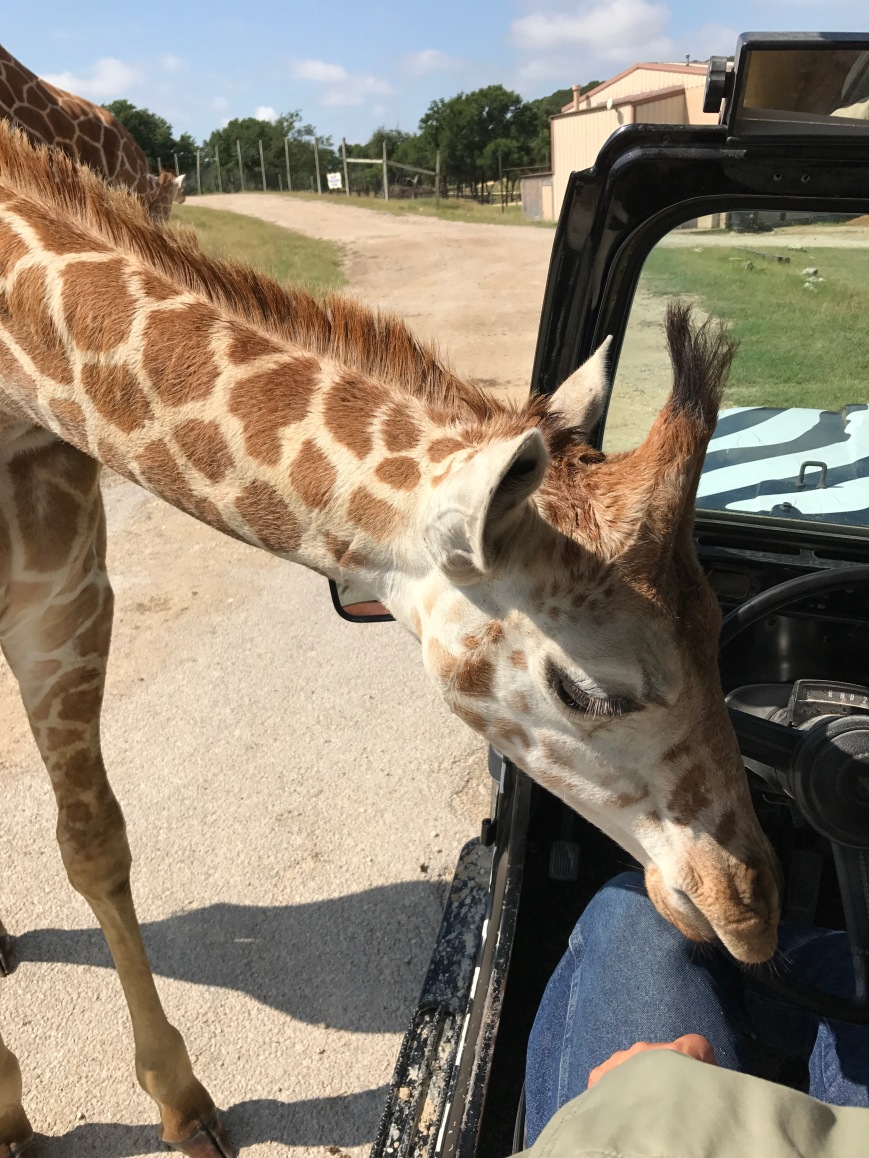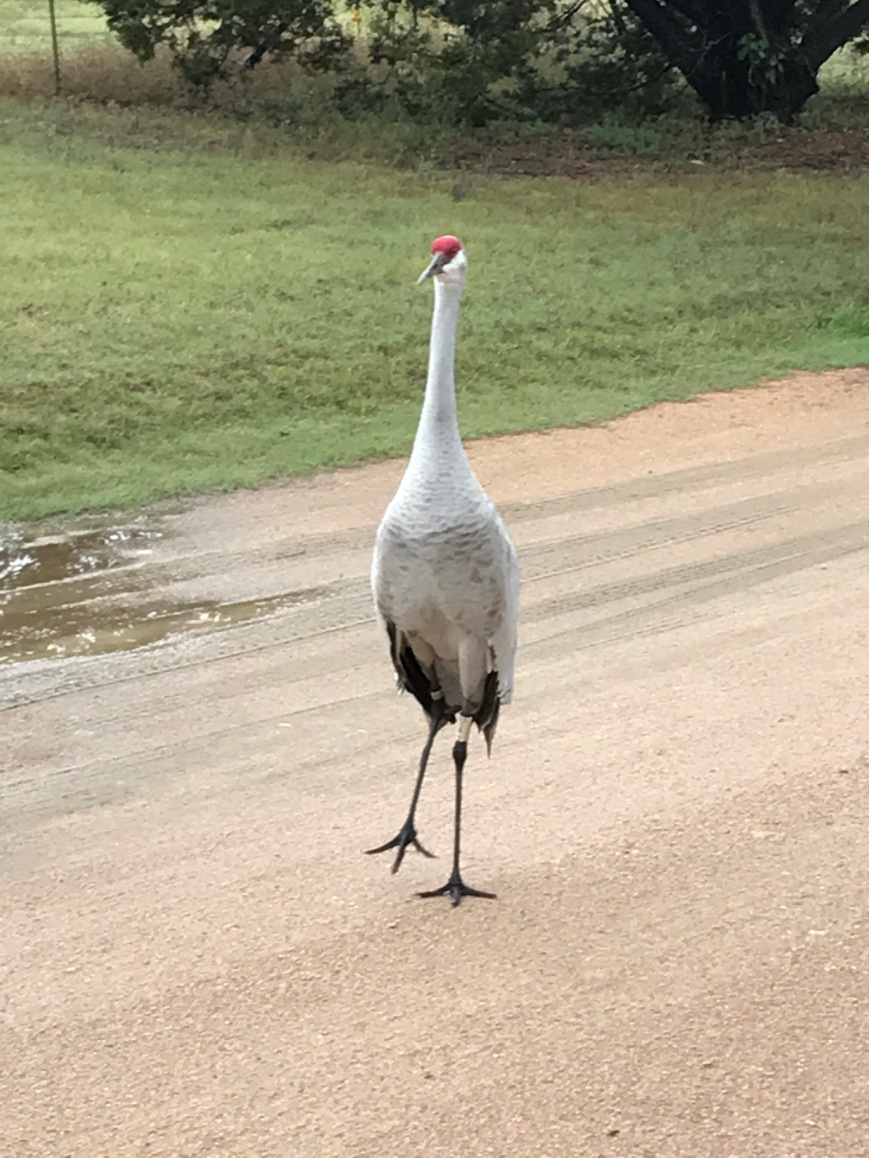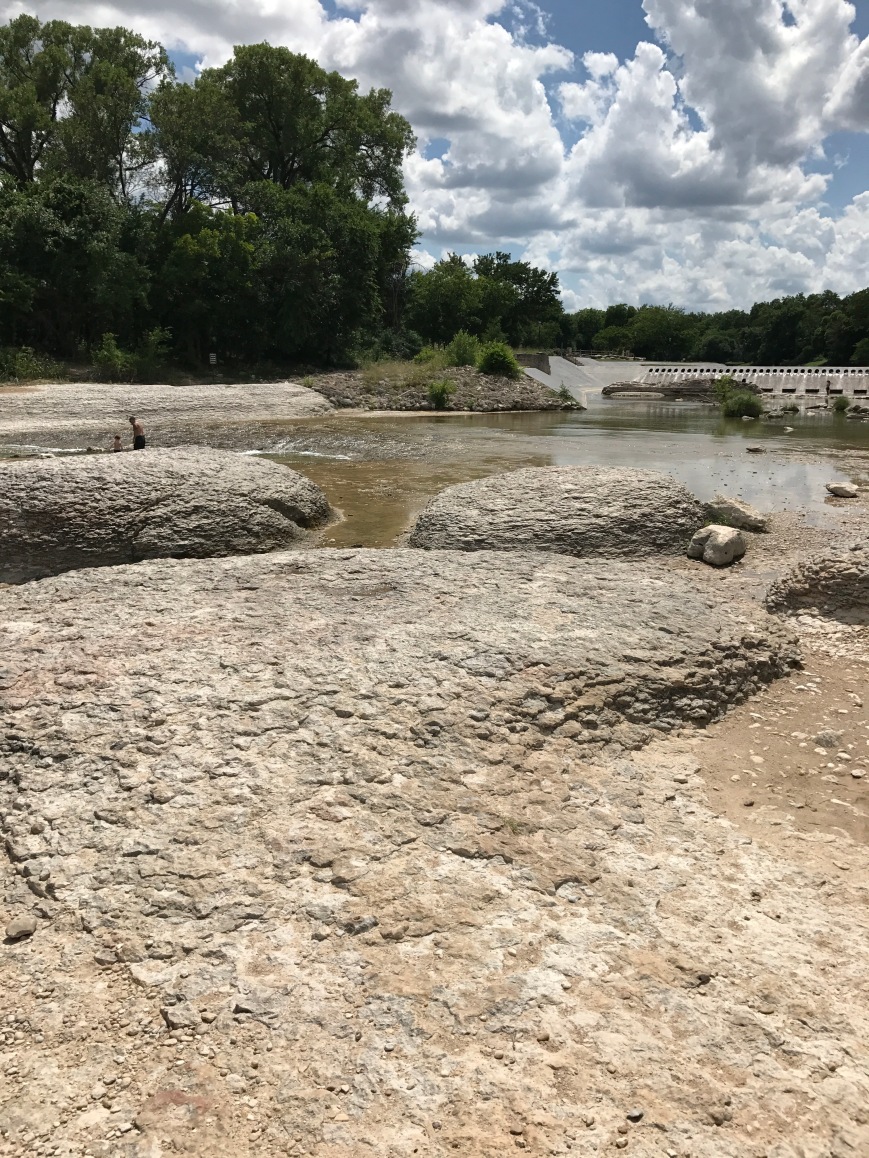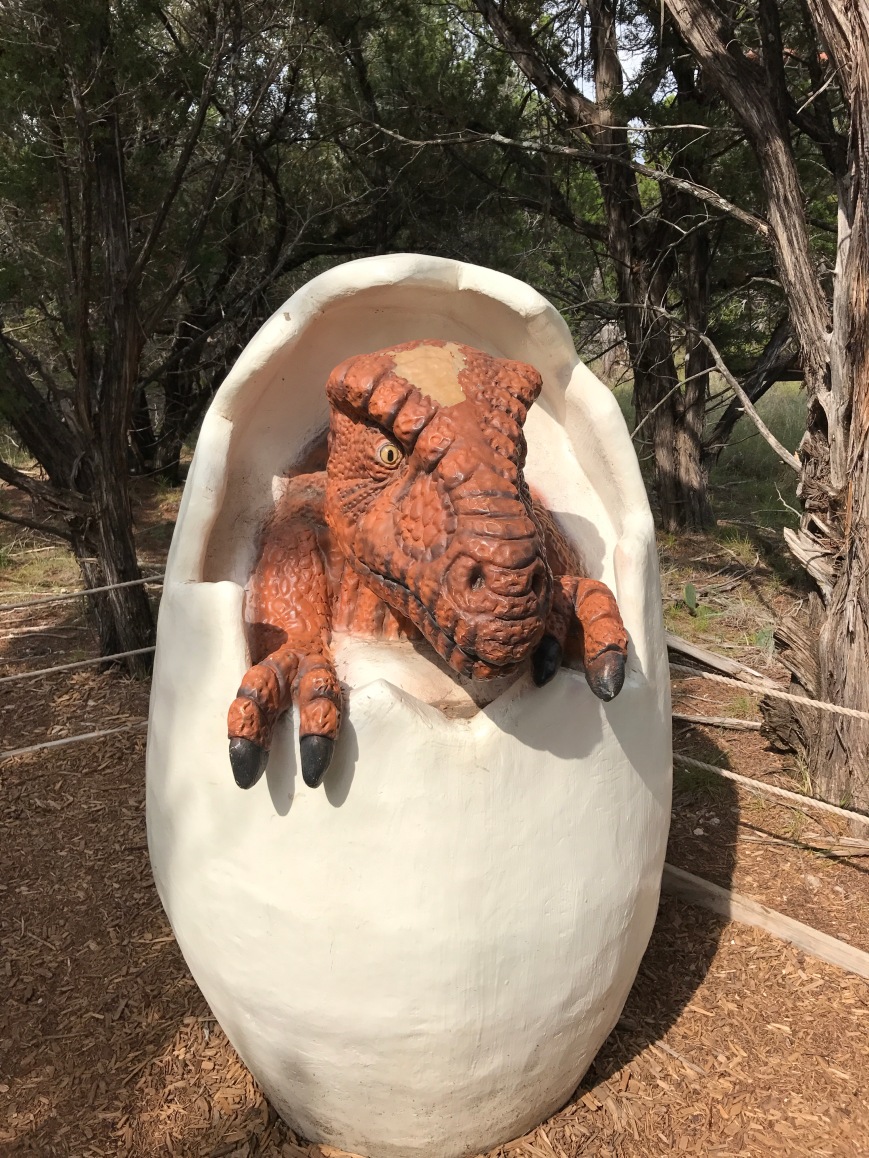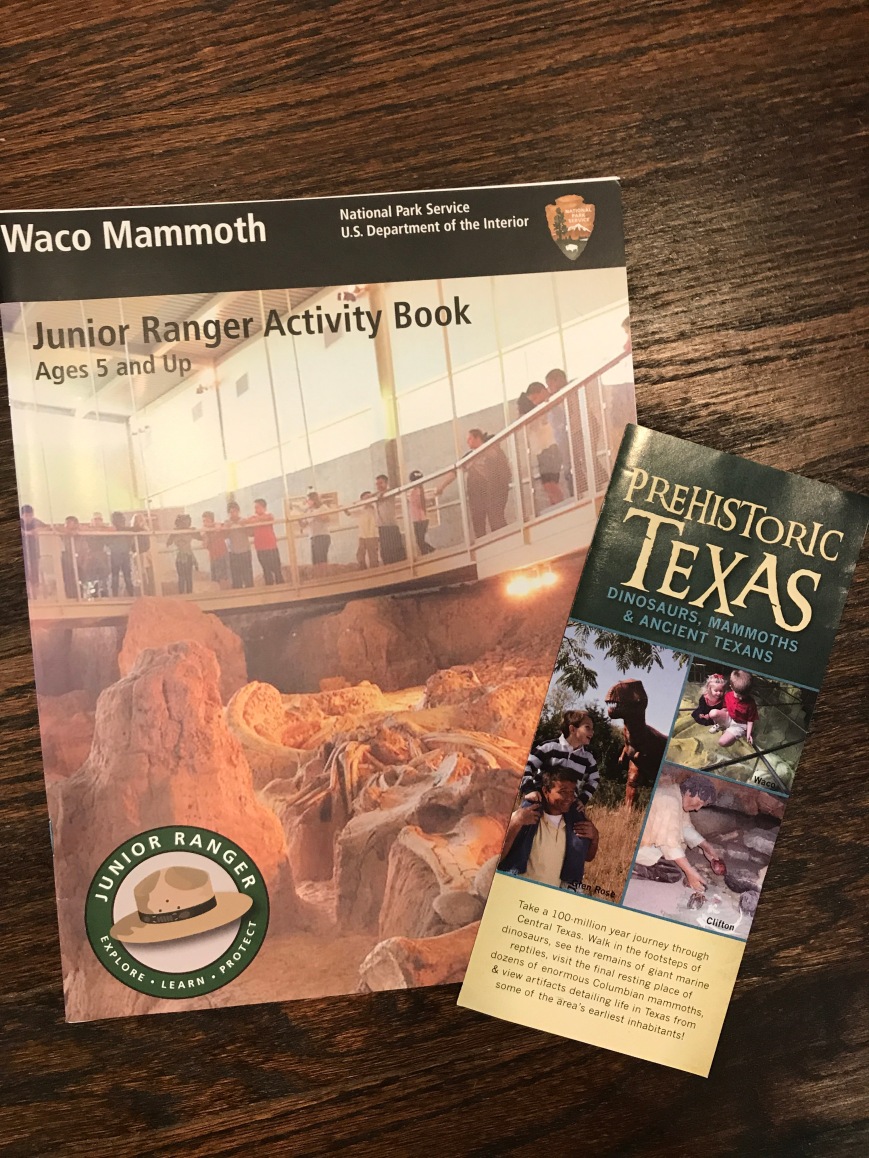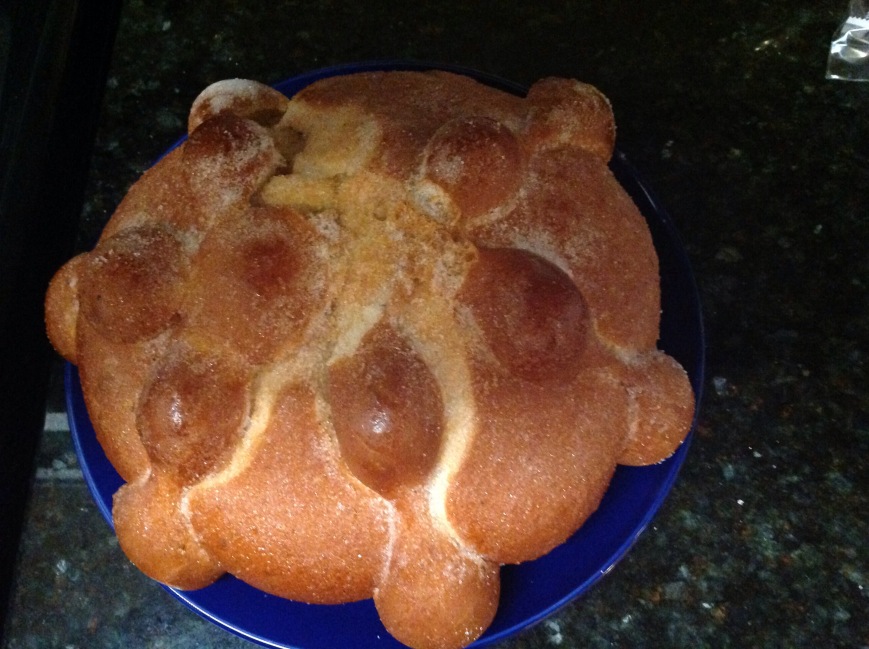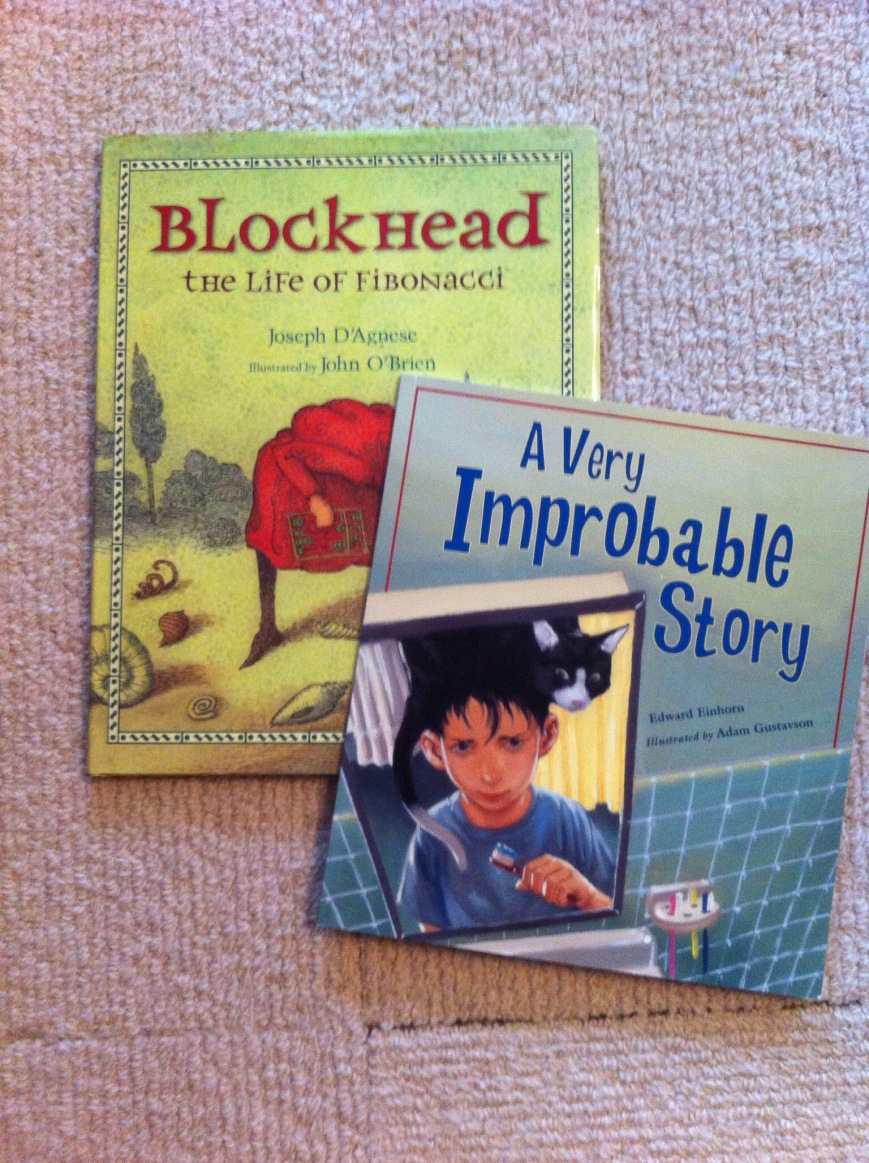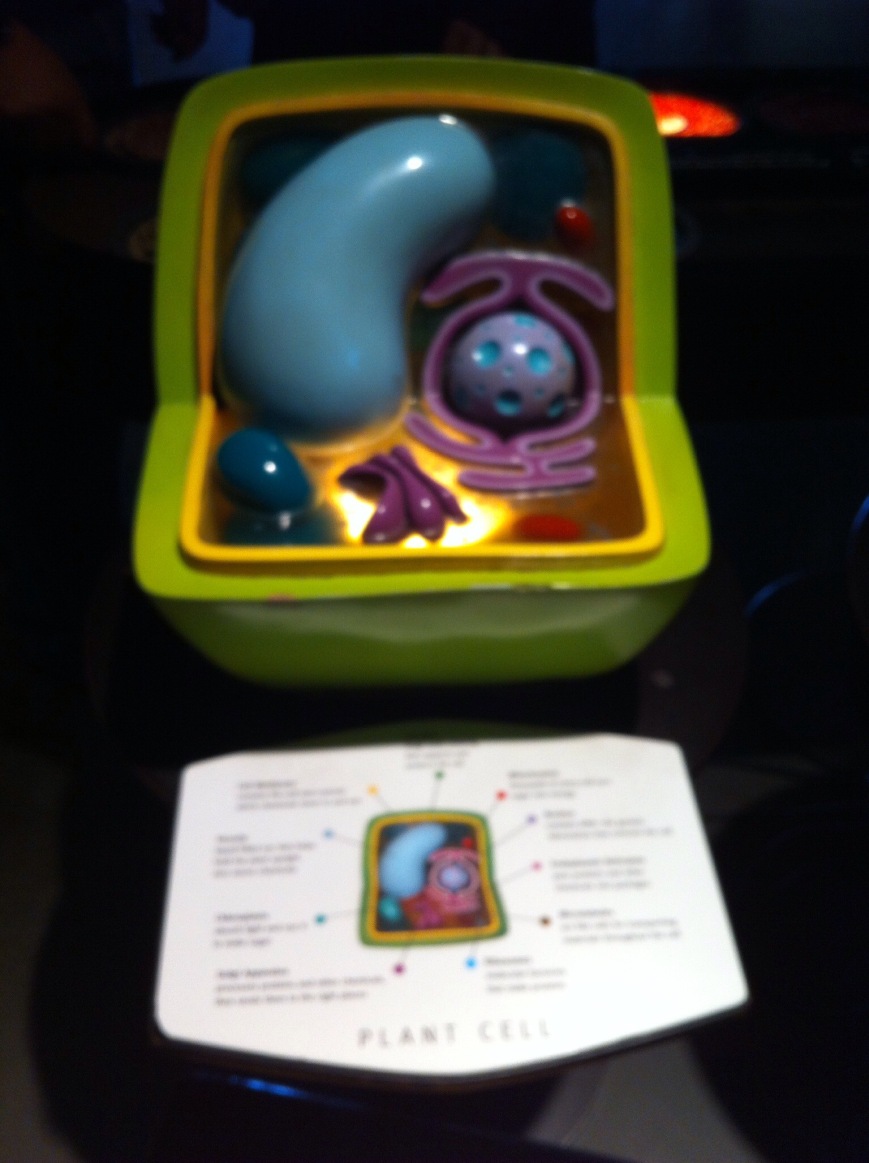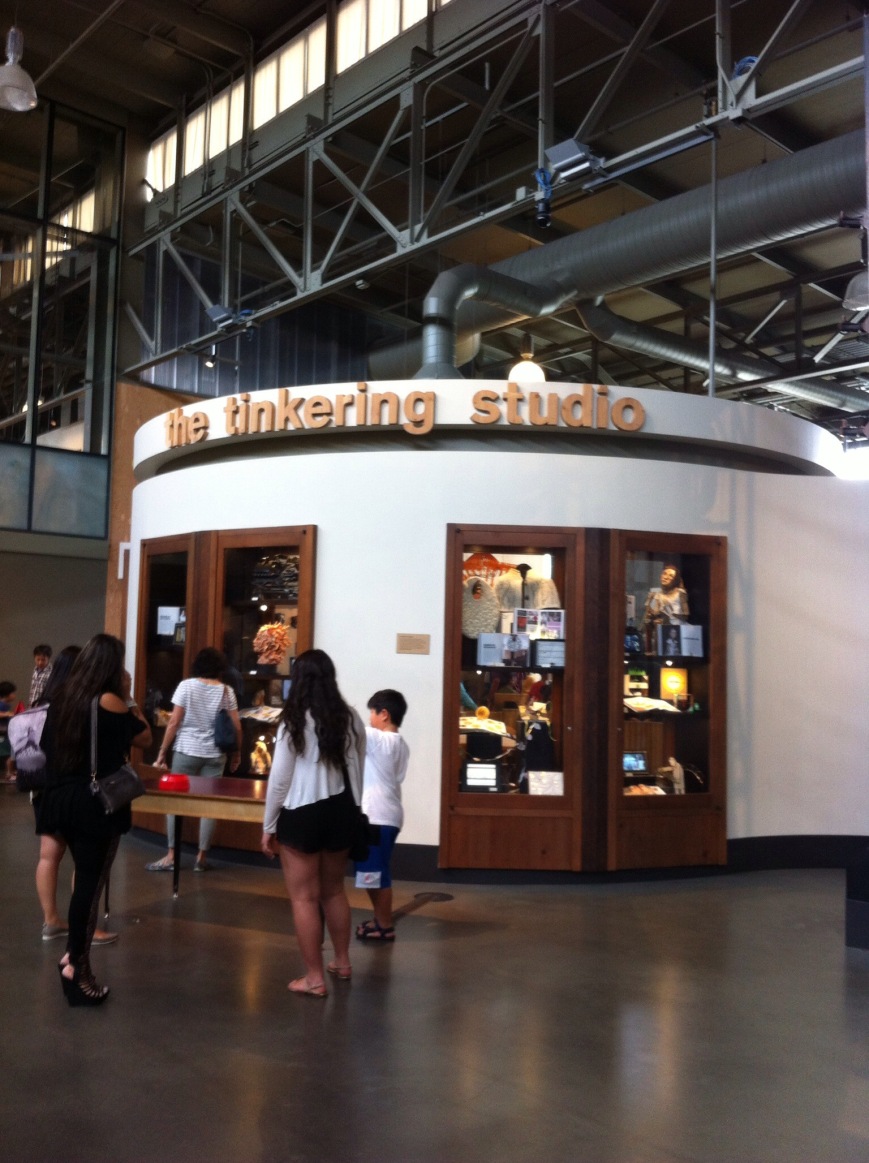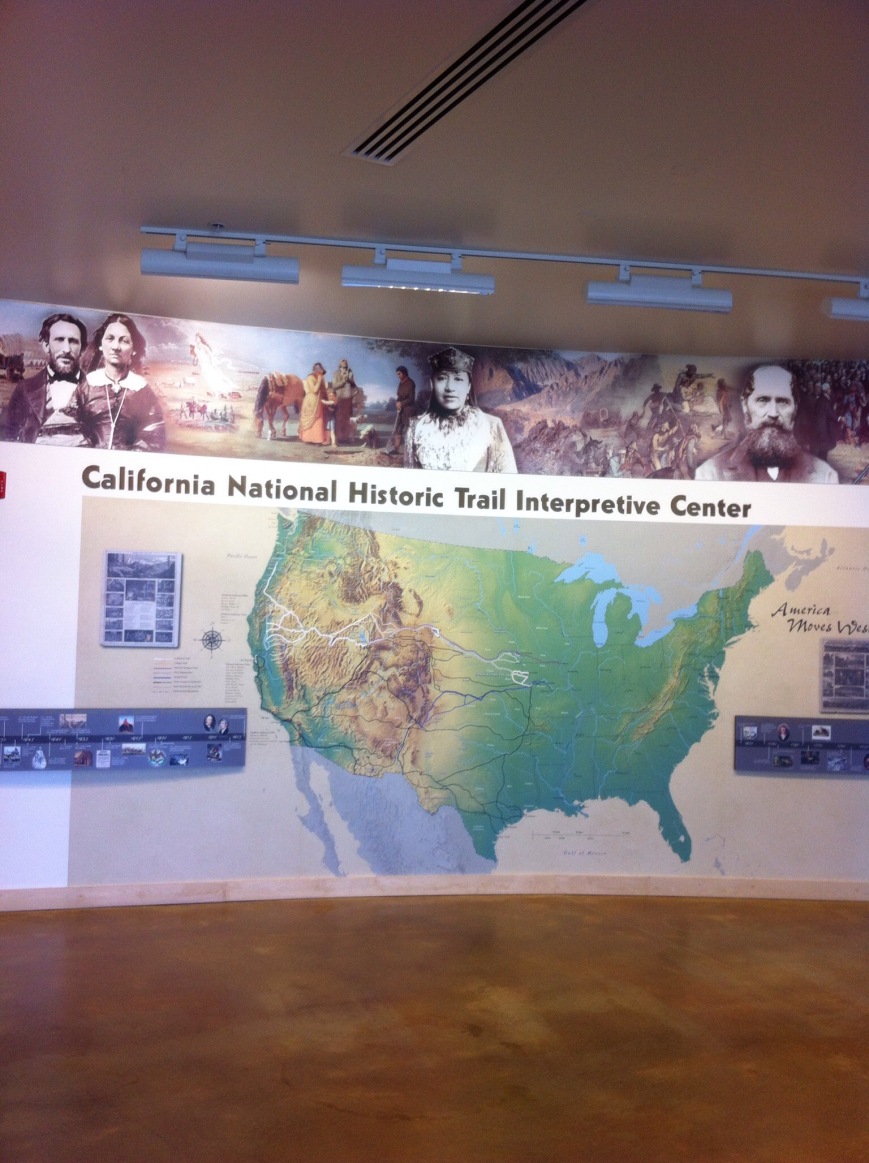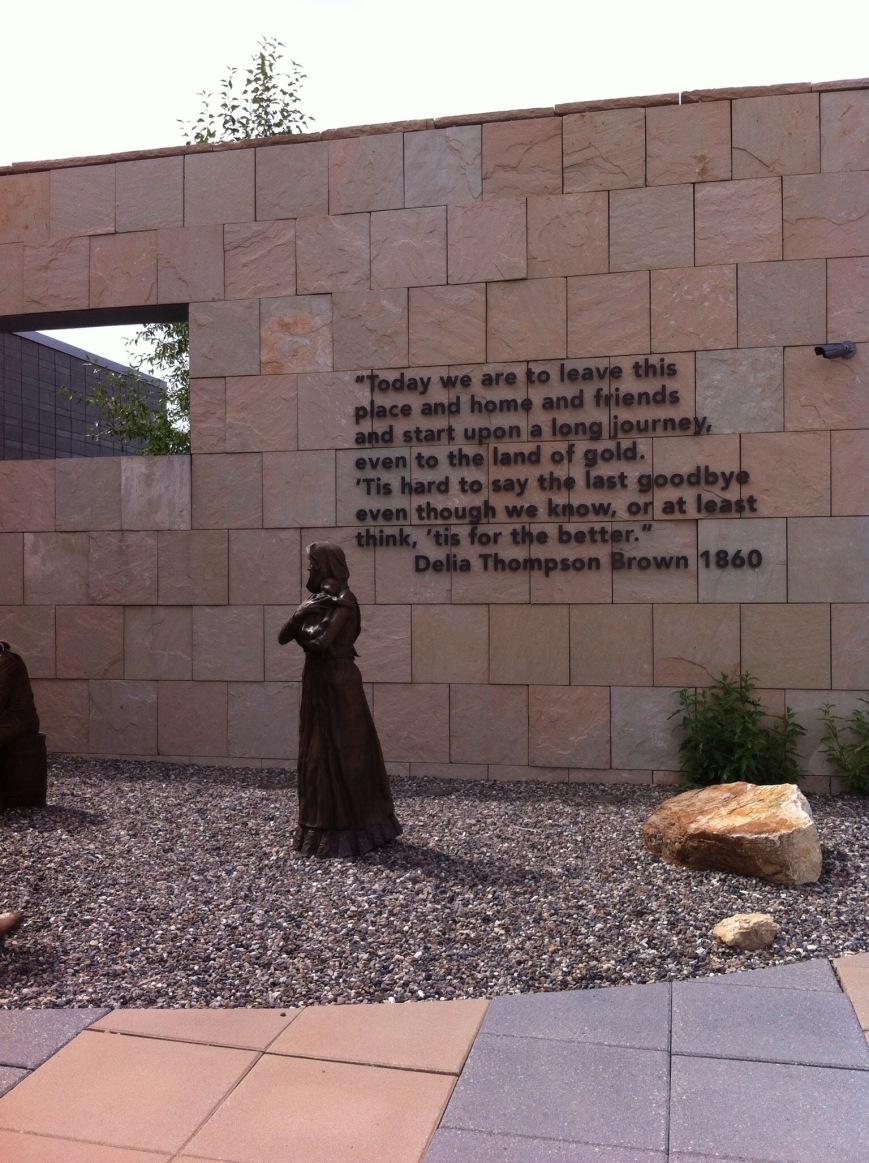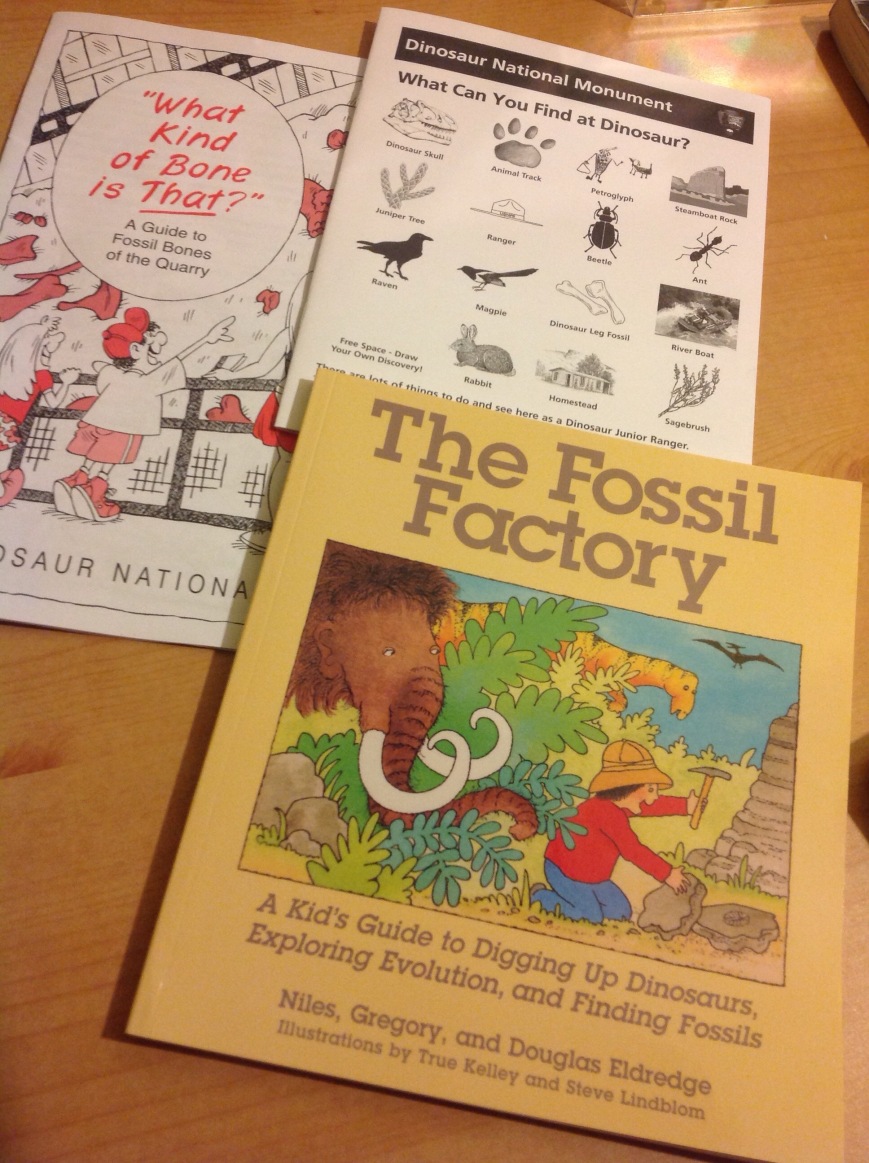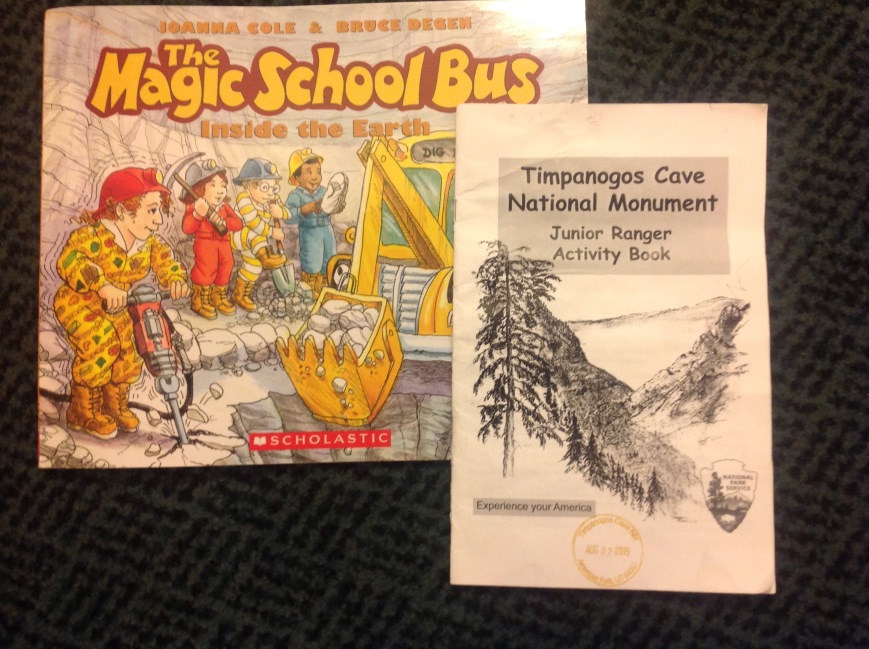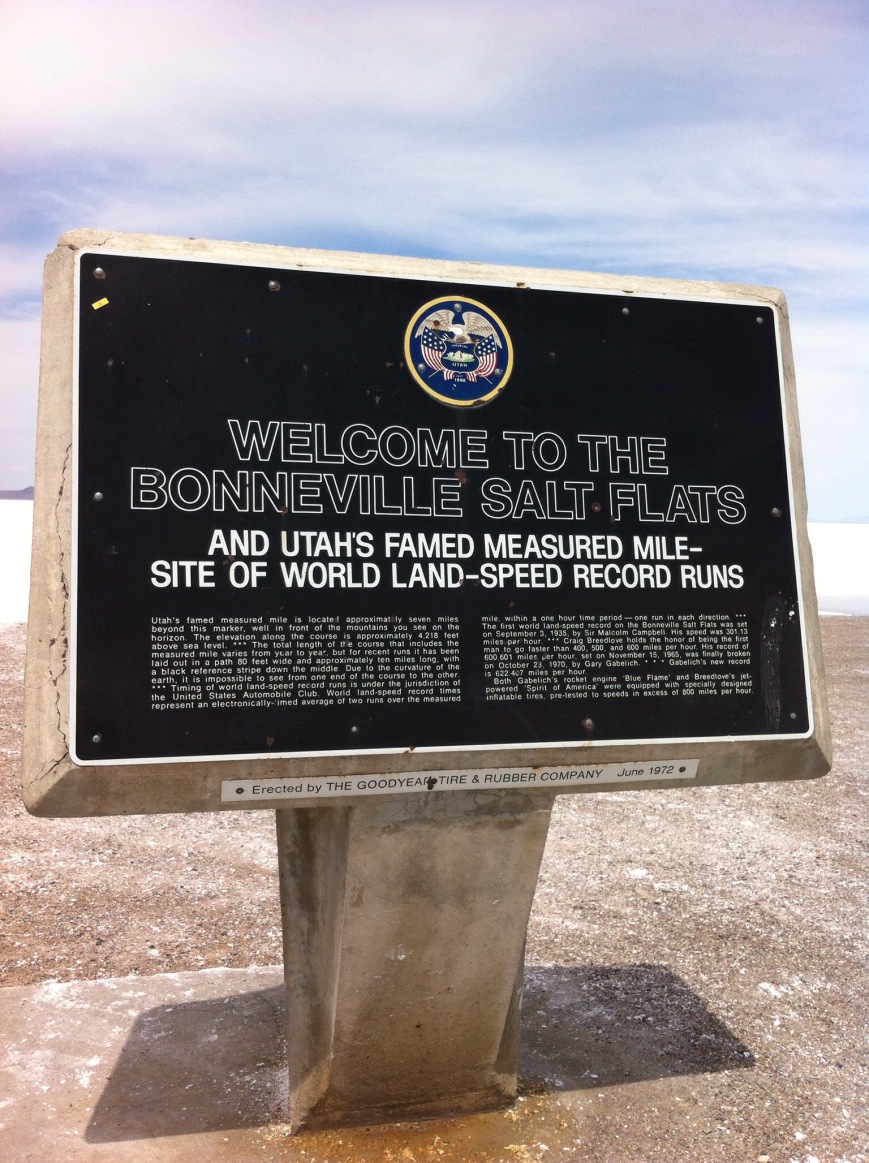It was cold. Below freezing. Negative numbers. Cold in any temperature scale.
I prefer summer. We enjoyed 3 summers in a row (with a little springtime on the edges) while traveling the world, so why am I standing outside on a frozen lake?
Way black in the planning stages of our round the world trip, we asked Boy where he wanted to go on our travels, and at 7 years old, he named 3 things, one of which was Ice fishing. We did not make that stop while traveling and I’ve been delaying, hoping he would forget. But, he did not. So, making good on that long ago request, here I am, on a frozen lake with my now 11 year old.
We flew to Minneapolis from Dallas on an uneventful flight connecting through Chicago. No weather delays, but a sprint to our connection gate was still required due to regular travel hassles. This wasn’t our first visit to Minnesota, and we stayed downtown, in a place we had stayed before.
This trip was different, however. To begin with it was cold. Did I mention that? We stopped at the downtown Target store and bought an inexpensive sled and some long underwear. Properly layered, and barely able to move, we drove about 2 miles out of downtown to Theodore Wirth Park. A city green space and golf course in the summer, Wirth Park becomes a winter sports headquarters when the snow and ice arrive. We rented snowshoes for a trail hike and spent hours on the free, sledding hill, located on the 10th green.
The sledding hill
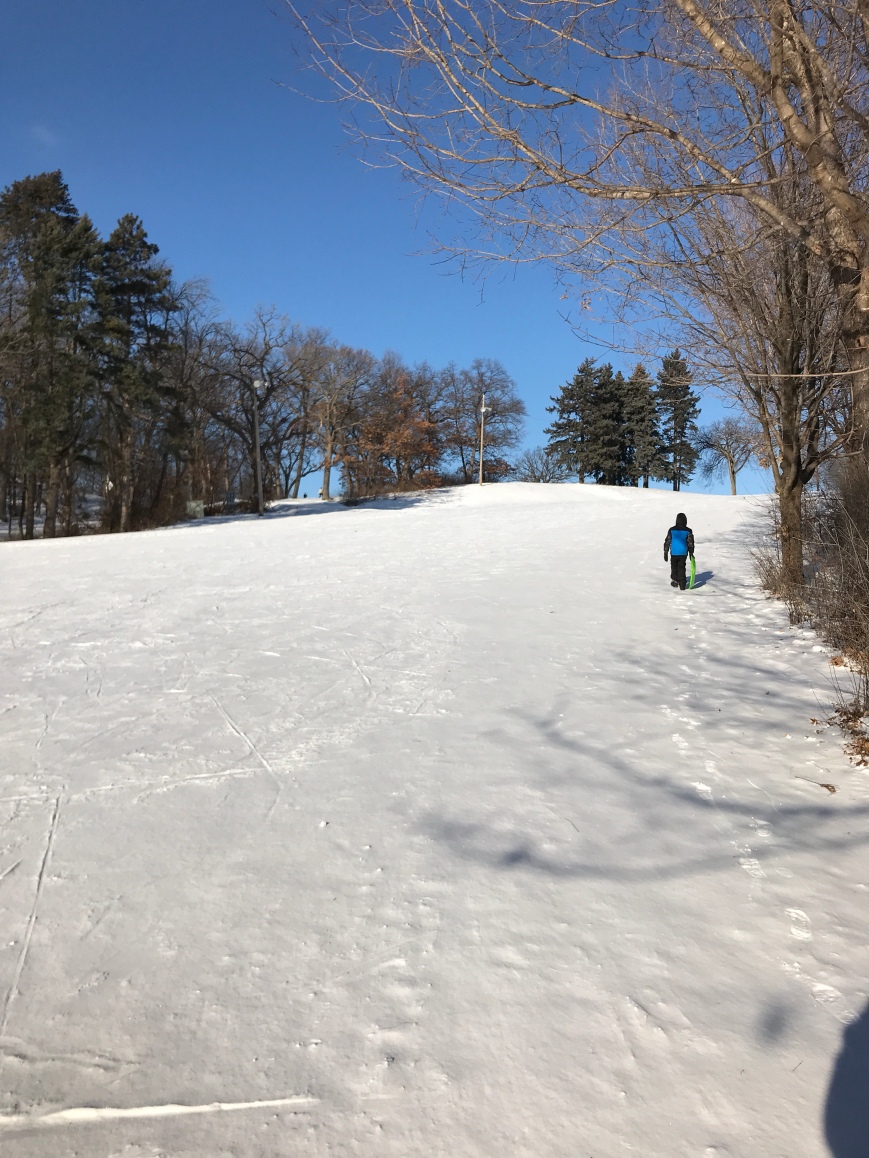
The Wirth Chalet, a place for trail maps and equipment rentals

Skis, ready to rent

Statues in the park
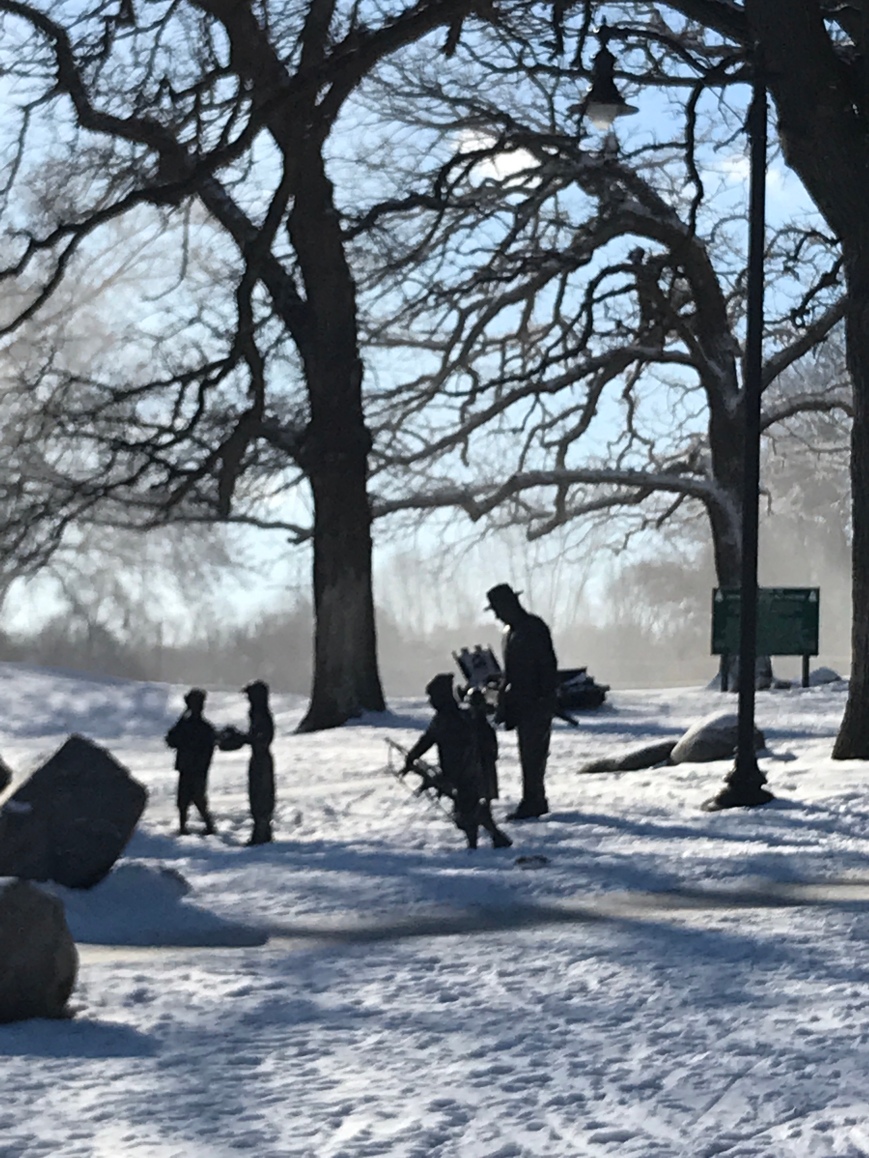
In a fortunate turn for ice fishing, the weather in Minnesota was well below 0 degrees F for nearly 10 days before we arrived. It was -10 most of our days, and dropped to -20 overnight during the time we were there. Except for a few flurries, it did not snow during our visit, but previously fallen snow was still on the ground.
After our day of sledding and snowshoeing, we FINALLY went ice fishing. We drove to Lake Minnetonka, just outside Minneapolis. I was most nervous when I had to drive my rental car out on the ice. Though I didn’t fall through or slide away, I never felt completely secure when I found out the ice was only 18 inches thick. Surely it should be 5 or 10 feet thick before people drive on it, right?
Our guide, Dan, provided all the gear and expertise. This included the hut, a semipermanent building, think small mobile home, with a hole in the floor. It was rather comfy, and heated. We sat on chairs and were effectively indoors to catch our fish. It was even equipped with an underwater camera, so we could see when the fish were interested in the bait. This increased Boy’s success rate exponentially! He caught dozens of fish. We released them all, as we had no plans to cook any fish in our hotel room. Boy worked on a Boy Scout fishing merit badge, and even I caught a couple of fish.
After some success indoors, we tried fishing outdoors and Boy drilled a new hole in the ice with the help of our guide. It was tougher work without the underwater camera, and was extremely cold, so after 20 minutes or so, Boy decided inside was better.
The shelter

Driving and parking on the frozen lake

Drilling a new hole, outdoors

A new hole in the ice

We finished our Minnesota trip by warming up at the INDOOR amusement park at Mall of America. I could finally feel my fingers!

Right, ice fishing is off the list. Now, let’s plan a warmer trip. Northern Lights and an Ice hotel can wait.


